Estimated reading time: 11 minutes
Disclaimer: I am not a medical doctor and nothing in this article should be taken as medical advice. Please talk to your doctor before using any of the herbs and/or remedies mentioned in this article.
Home remedies and herbal cures are as ancient as mankind itself. Mentions of ancient herbalism are found as far back as the Sumerian civilization, who more than 5,000 years ago documented their process on clay tablets.
Much of modern medicine dates way, way back to natural means. In fact, did you know aspirin (or acetylsalicylic acid) can be found in the bark and leaves of the common Willow tree? This sort of thing used to be common knowledge.
Today, common knowledge comes from the slogans we hear on TV: “Mucinex and forget it,” “Relief never felt so good,” “The nighttime sniffling, sneezing, coughing, aching, stuffy head, fever, so-you-can-rest medicine,” and of course the jingles such as “Acid, heart, burn, indigestion, upset stomach, diarrhea.”
It's a shame because there are so many natural remedies that are much safer and often just as effective. Take a look at these simple home remedies that used to be common knowledge.
Want to save this post for later? Click Here to Pin It on Pinterest!
1. Aloe Vera
Aloe vera was known as the “plant of immortality” to the Egyptians and used in embalming rituals – and, of course, the juice pressed from aloe leaves was used to enrich the skin in live subjects.
Alexander the Great also believed that aloe juice had healing properties, and always kept nearby stock for his soldiers after battle to apply directly to their wounds.
2. Black Pepper
Black pepper has mentions in ancient Greek and Roman texts and also had use in embalming for the Egyptians – peppercorns were packed in the nostrils to keep its shape. Furthermore, pepper was also well-known for its antibacterial properties, being good for overall heart health and offering some relief from respiratory issues.
For the most part, peppercorns are crushed and added to food, though a tincture can be made from black pepper and coconut oil and applied externally for arthritic pain.
3. Cannabis
Cannabis indica and sativa both have long trails throughout ancient history with mentions in ancient Oriental medicine by the emperor Shen Nung for treating pain, gout and arthritis. In Egypt, Cannabis was used to treat cataracts – and relieve pain.
It can also be cultivated to be strong and fibrous, which makes it perfect for cloth or rope. Most commonly, Cannabis is smoked, though a tea, tincture, or added as-is to food will have much the same effect.
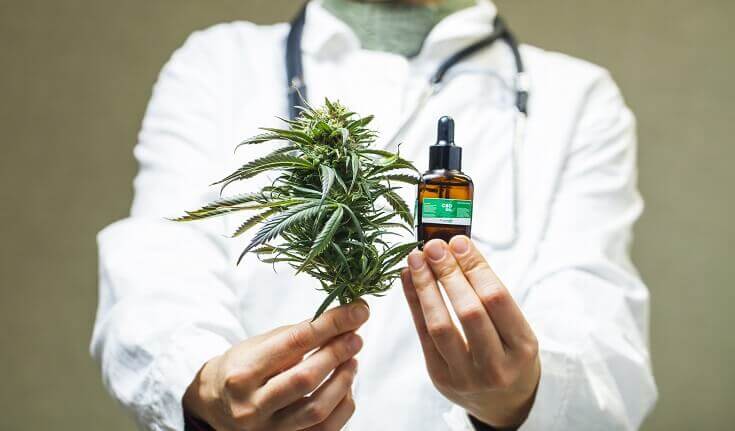
4. Cayenne Pepper
Cayenne pepper is a staple of many ancient recipes for health, known today to be excellent for promoting a healthy heart – and even having the potential to stop a heart attack in its tracks. Cayenne pepper tablets can be bought over the counter, or it can be liberally added to food as a spice.
5. Castor Oil
Castor oil was used by the ancient Egyptians to guard against eye-dryness, something one would imagine was quite the problem (and still is) in the heat of Egypt! Castor oil was applied as eye-drops to the eye to moisturize.
6. Chamomile
Chamomile brewed in a tea was used by some Native American tribes to promote calmness and aid sleep. Even today, chamomile tea can be bought from most stores and is drunk by people for the same reasons.
7. Cinnamon
Cinnamon is best known as a spice. In ancient times it was also used as a preservative for meat, while the Egyptians used it as another (perfuming) component of embalming.
A common South African folk remedy (with similar ones found in many other cultures) is a mixture of cinnamon, turmeric, and honey in water or milk to aid the symptoms of colds and flu. Some people even take cinnamon tablets to help keep their blood sugar down. I just mix it into my coffee.
8. Cloves
Cloves are a natural pain reliever known for having a numbing effect, and its oil can be utilized to combat severe toothaches. It's as simple as biting down on a clove or dripping one or two drops of clove oil directly onto the affected tooth. You should feel relief from the pain right away. Expert sources warn that cloves slow the process of blood clotting. Interestingly, cloves can also be smoked.
9. Fenugreek
Fenugreek was another component of the ancient Egyptian embalming ritual, though it was also used to increase the flow of milk in mothers with a newborn and is still used by Egyptian women today to ease menstrual pain.
10. Garlic
Garlic was a staple included in the diets of the pyramid builders of Egypt, known for increasing their vitality and endurance. Apparently, onion was viewed in much the same light. Greek and Roman soldiers consumed garlic for the same reasons, and ancient physician and philosopher Hippocrates prescribed garlic for a variety of conditions including digestive upsets.
As with cinnamon, some people take garlic tablets for their heart health, but you can also just crush cloves into your vegetables, casseroles, and other dishes.
11. Ginger Root
Ginger root is one of many medicines known to ancient Oriental practitioners, in this case to aid in nausea and take care of digestive problems. (Jamaica Ginger Extract, which can be bought over the counter, is just as good in treating stomach pain and nausea.) If an extract is not available, grated ginger steeped as a tea will work equally well.
12. Henna
Henna has long-known uses as a dye and non-permanent tattooing method for traditional ceremonies, with elaborate Henna tattoos a common sight in ancient and modern India. In addition to its use as a dye, Henna was utilized in ancient Egypt as a way to close up wounds and form a type of dried, instant wound covering.
13. Honey
Honey is as ancient as mankind and has long been revered as a substance of the gods. Ancient Egyptians utilized honey as an antiseptic to clean and cover wounds. Honey can be added to foods, drinks or mixtures; or simply applied directly. Make sure you get real honey as most store-bought honey is actually imitation honey and not made by bees.
14. Lavender
Lavender, much like chamomile, has well-known natural properties which aid in calmness and sleep. Just put a few drops of lavender essential oil on your pillow. Ancient Romans made use of lavender as a bug-repellent and were just as aware of its aromatic qualities, using it in bathing and cooking too. (You should know that most types of lavender are edible and can be used, in moderation, to flavor food.)
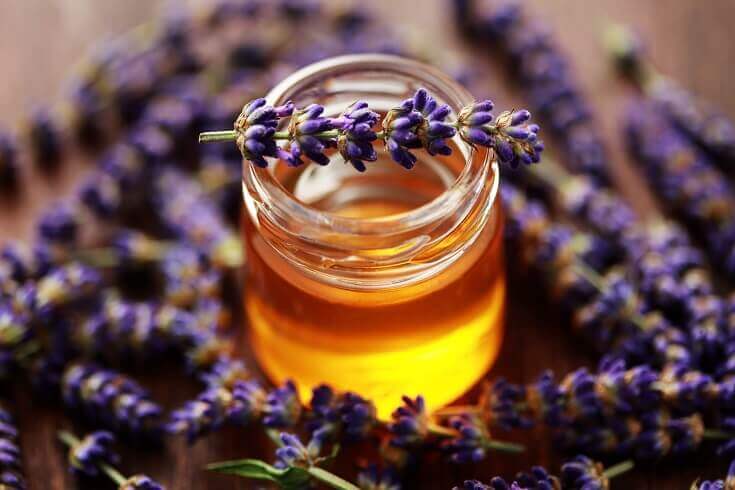
15. Milk Thistle
Milk thistle today is used in the treatment of liver disease or damage (including some types of poisoning like the amanita phalloides mushroom and alcoholism). Ancient Greeks and Romans made use of milk thistle to treat bile-related disorders. It is most commonly taken in tablet form.
16. Nettle
Nettle was used by the ancient Celts to stop severe bleeding or hemorrhaging. Interestingly, Germany also employed nettle as fiber in making cloth during wartime. A tea can be prepared from nettle needles.
17. Peppermint
Peppermint was employed by the ancient Egyptians as a cure against heartburn, and it’s a common ingredient of folk mixtures for a cough – use the extract when you can, or simply bruise and brew the leaves of the plant. Peppermint and other plants containing menthol should be used with caution in people with heart ailments.
18. Sage
Sage was used by the ancient Egyptians to aid fertility. Greek doctor Pedanius Dioscorides recommended an extract made from sage to stop wounds from bleeding. Many people make sage tea to ease a cough and throat pain.
19. Salt
Salt is where we get the word ‘salary’ since some people used to be paid in salt. It has powerful antiseptic properties that make it perfect for treating wounds and preserving a massive variety of products – meats, vegetables and more.
20. St. John’s Wort
St. John's Wort was recommended by the ancient Greeks as a remedy against several nervous disorders including depression. Its use as an anti-depressant has been further studied in modern times and found to be effective in treating mild to moderate forms thereof. Keep in mind that St. John’s Wort is poisonous to livestock, cats, and dogs. In modern times, St. John’s Wort tea can be bought from most herbal stores or online.
21. Turmeric
Turmeric is well-known in Ayurvedic medicine and the paste is applied to a range of skin ailments. In addition, it is said to speed the healing of wounds and bruises, too. A tea made from turmeric, honey, and ginger (boiled in water or, ideally, milk) is often taken to ease the symptoms of colds and flu.
22. Tobacco
Tobacco has medical and ritual uses dating back to ancient times in addition to being smoked. Some Native American tribes reportedly used a mixture of tobacco and chalk to whiten their teeth, and “powdered tobacco” is still sold in some parts of the world for this purpose. It has also historically been used to combat fatigue and suppress appetite.
23. Wild Lettuce
Wild lettuce, known as Lactuca virosa, is found naturally in many gardens and lawns. It is known to be useful for pain management and is similar in some ways to opiates, though not nearly as addictive. A tea can be brewed from the flowers, stems, roots, and leaves. Or the leaves can be dried and smoked.
24. Wild Rose
Wild rose is also known as hip rose, witches briar, and Dogberry and the leaves and hips were known to be used as a remedy for a sore throat when brewed into a tea by the Cherokee tribes.
25. Willow Bark
Willow bark and leaves are known to naturally contain acetylsalicylic acid, more commonly known as aspirin. A paste made from the leaves can be directly applied to wounds, or a tea can be prepared from the bark.
26. Apple Cider Vinegar
Often abbreviated as ACV, apple cider vinegar has many positive applications. It can be utilized as eye drops, as an anti-itch treatment for stings or skin issues, and perhaps most importantly, to help balance your body’s PH levels.
27. Bergamot
The juice of the bergamot fruit is being commonly sold as an over-the-counter solution all over the world for a reason. The fruit from the bergamot fruit can help you to control your cholesterol levels instead so you don't have to resort to prescription drugs. It also comes packed with antioxidants and vitamins as well, which studies have shown can help to slow down aging.
28. Coconut Oil
There’s a reason why coconut oil has become a staple in grocery stores now. Coconut oil has been used by people for thousands of years as medicine and as a cooking oil. It’s one of the most effective kinds of skin creams, and there’s evidence that taking it can help to reduce your risk of heart disease. As an added bonus, you can even use coconut oil as gun oil if you would like as well.
29. Peppers (Organic)
Organic peppers, in general, are among the healthiest foods when it comes to disease prevention. This is one reason why cayenne is often cited as an important item to stockpile. Organic pepper, however, can even be a good topical treatment for skin injuries due to its anti-bacterial properties, which can help to promote physical healing upon being applied.
30. Seeds (Chia, Flax, etc.)
Seeds such as chia or flax seeds are among the most organic foods that you can consume. Flax seeds in particular are among the richest sources of dietary fibers, and there’s also evidence that they can help to reduce your risk of cardiovascular or lung-related diseases as well.
Like this post? Don't forget to Pin It on Pinterest!
We've covered 30 remedies in this article, but we've only scratched the surface. There are countless more natural remedies worth learning. If you're interested in learning more old remedies, you should read The Lost Book Of Remedies.
The physical book has 300 pages, with 3 colored pictures for every plant and for every medicine.
It was written by Claude Davis, whose grandfather was one of the greatest healers in America. Claude took his grandfather's lifelong plant journal, which he used to treat thousands of people, and adapted it into this book.
You May Also Like:

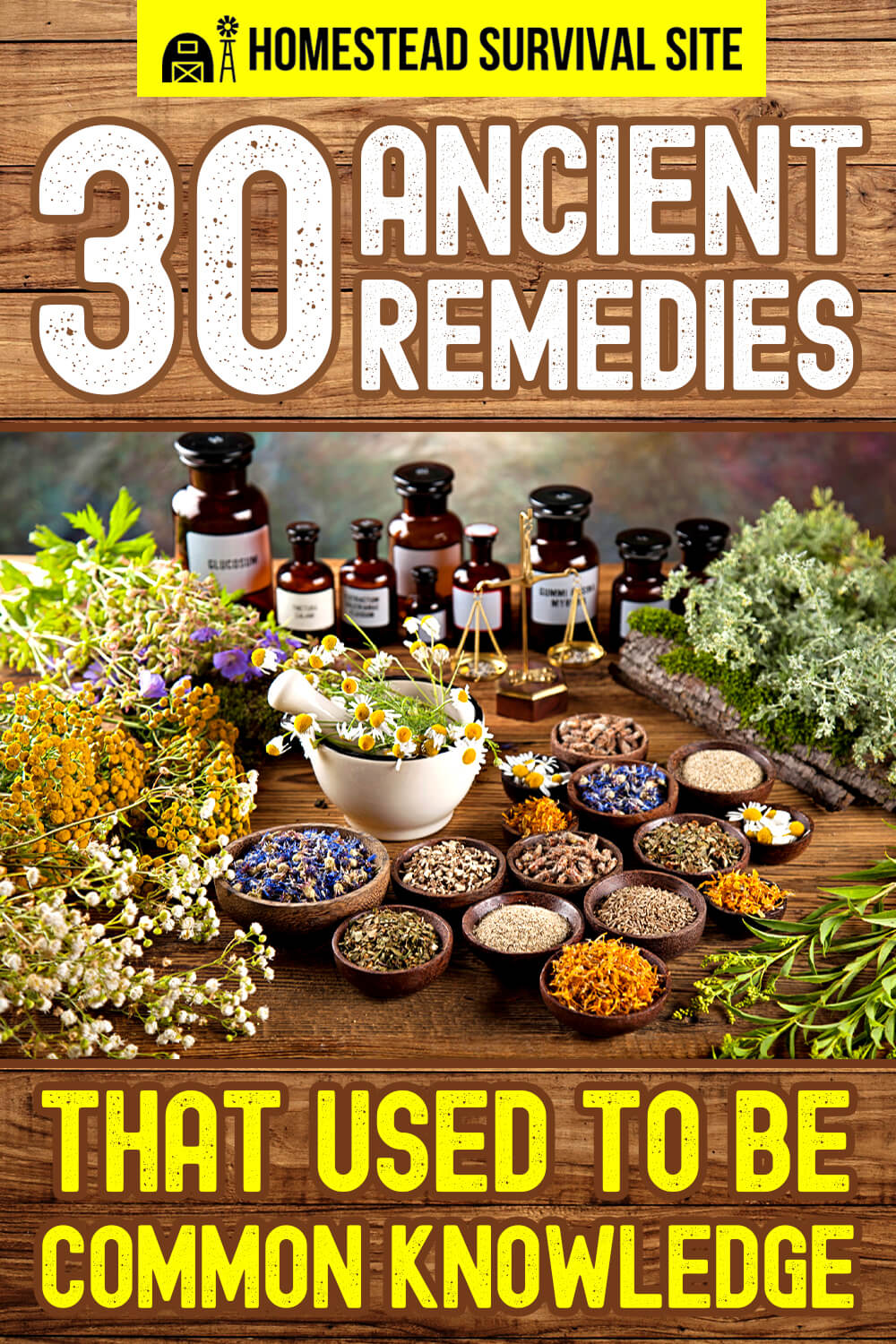


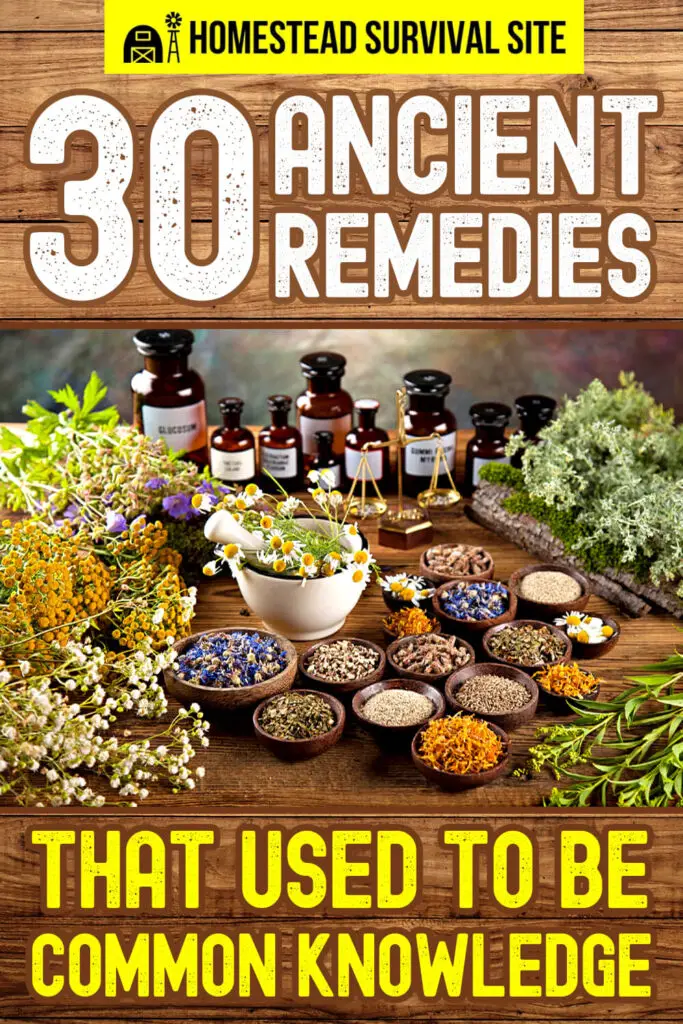

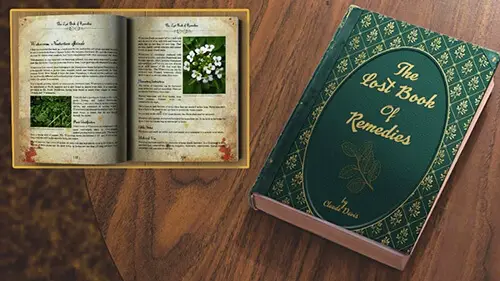





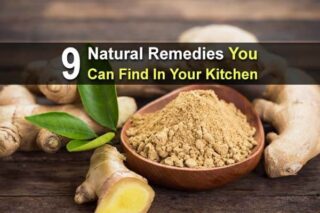


Great post! People live their lives based on what they see on tv. Pretty sad. After days, months, years, of watching tv people get confused on what’s reality and what is fake. It just gets mashed together.
This infоrmation is worth everyone’s attention. How can І find out
more?
Another bit of info on the nettle, specifically stinging nettle, the English longbowmen at Agincourt used to make their own bowstrings out of it, had a 300lb shock loaded breaking strain. Medieval paracord, anyone?
It is still used today by British confectioners as a flavouring in sweets (Americans, read candies) because it tastes great
You missed a couple things with the fenugreek. this herb has many uses. In addtion to what you listed, the leaves of the plant are good for a tea that helps ulcers. the seed can be crushed and given to males that have impotency problems. ( as in getting things to work. for increases in sperm count it is a good idea to supplement with zinc) Fenugrek produces seed early in its life cycle. so you can plant the seeds and grow new plants repeatedly .I grow them indoors all year and out doors in the warmer season ( zone 5 ) tea from the leaves has been helping me tame my ulcers for the longest
Excellent post and wonderful blog, this sort of interesting posts I really like, keep it up…